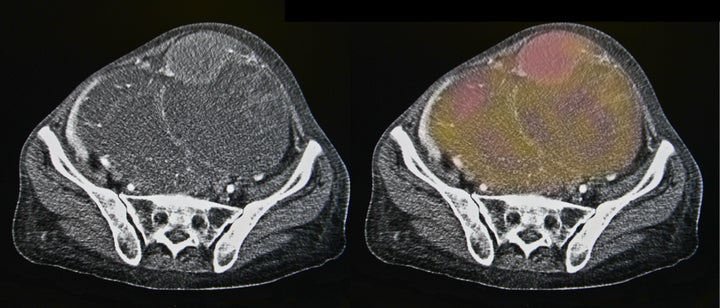Ovarian cancer diagnoses worldwide are set to rise by more than half (nearly 55%) in the next 20 years, primarily because post-menopausal women are living longer.
The World Ovarian Cancer Coalition says we will also see a 15% increase in diagnoses in the UK alone, where ovarian is currently the fifth most common type of cancer in women, after breast, bowel, lung and womb.
More than 7,000 women are currently diagnosed with the disease every year in the UK - this number could rise by 1,050.

“Ovarian cancer can be devastating,” UK cancer charity Target Ovarian Cancer’s tells HuffPost UK. “Far too many women are diagnosed too late, once the cancer has already spread, making treatment more difficult.”
Global survival rates for ovarian cancer are so much lower than for other cancers: it has the lowest survival rate of all female cancers. An early diagnosis can mean the difference between life and death.
In contrast, 10-year breast cancer survival in England and Wales is now 78%, having nearly doubled in 10 years. There have been far fewer breakthroughs in diagnosis and treatment of ovarian cancer.
The new study has attributed the rise in the number of diagnoses to women around the world living much longer - the disease mostly affects women over 50 years old - and rapid population growth growing this demographic.
In the developed world there has been a slowing in the rate of diagnosis partly due to large numbers of women taking the contraceptive pill in their earlier years, which is known to have a protective effect.
More than 1,000 women in 39 countries took part in the World Ovarian Cancer Coalition research.
What are the symptoms of ovarian cancer?
The symptoms of ovarian cancer are similar to those of other conditions, which can make it difficult to spot for both patients and doctors.
According to the NHS, there are early symptoms to look out for such as persistent bloating, pain in the pelvis and lower stomach, difficulty eating and needing to urinate more often than normal.
“The symptoms aren’t always easy to recognise because they’re similar to those of some more common conditions, such as irritable bowel syndrome (IBS),” says the website.